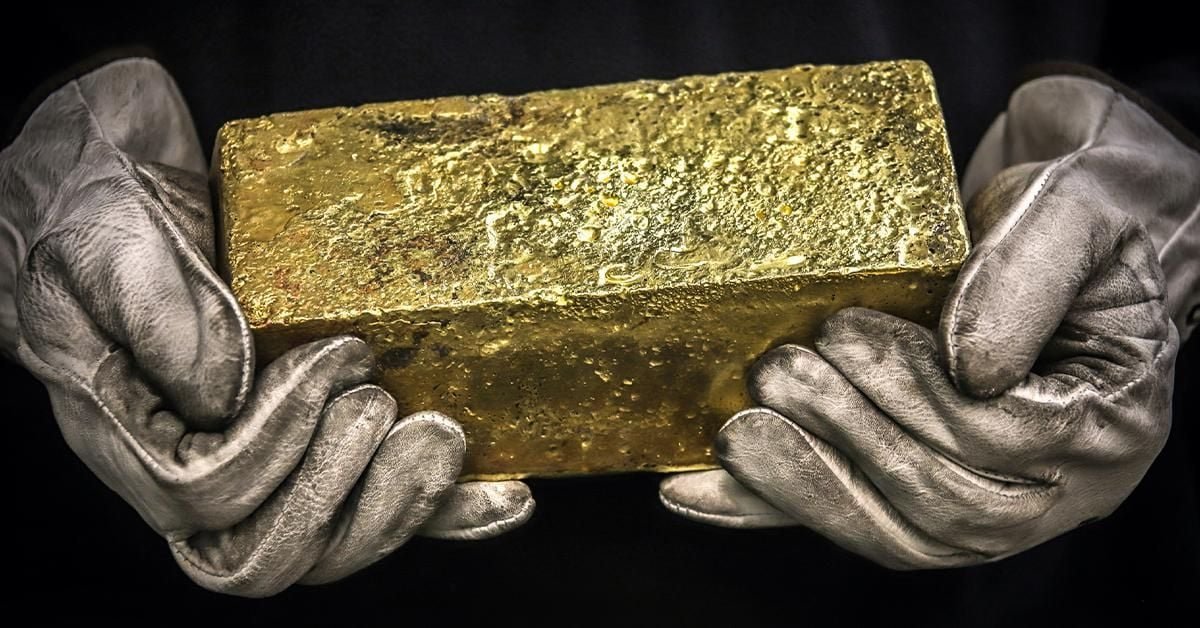Gold Prices Surge as Investors Pour Money Into Precious Metal
Experts are saying August 2024 might be the perfect time to invest in gold. Prices have hit new highs this year, making gold more attractive than ever as many look for ways to shield their money from inflation. Just today, the price of gold was reported at $2,402.93 per ounce, reflecting a 19.89% increase from last year. Buyers are gaining confidence, primarily because gold has always been seen as a stable store of value, especially during economic uncertainty.
Gold’s reputation as a safe-haven asset shines the brightest during fluctuated economic conditions. With inflation constantly rising and markets showing volatility, it’s no wonder people are turning their eyes toward this precious metal. “Gold has intrinsic value and tends to retain its worth over time,” says Dennis Shirshikov, a finance professor at the City University of New York. This reputation for stability is increasingly appealing as people see prices of everyday goods escalating. For those superhero investors wanting to protect their hard-earned cash, gold serves as something to fall back on.
Economically, owning gold can be likened to putting money aside for potential rainy days. While stocks and bonds can soar or plummet based on the market’s whims, gold is like carrying your umbrella, ensuring you stay dry. When other investments lag, gold traditionally shines. For example, from 1971 to 2024, the average annual return on gold has been about 7.9%, compared to the stock market’s 10.7%. That may not seem as glitzy, but during hard times, it can surely help keep heads high.
Understanding Gold Investments
Investing in gold can take on various forms—from physical gold to gold exchange-traded funds (ETFs) and everything in between. Physical gold, such as coins or bullion, allows you to hold onto your investment directly, which is something many people find appealing. “There is only one real way to invest in gold, and that’s to buy gold,” insists Ryan P. Derda from American Independence Gold. This approach eliminates worries about counterparty risk—financial jargon for the risks involved when relying on others to fulfill their financial commitments.
On the other hand, some investors opt for gold ETFs, which are more accessible for those new to the investing world. Nadelstein remarks, “Buying gold ETFs can be a low-cost option to gain exposure to gold without needing to research complex mining operations.” These funds allow individuals to buy shares of gold without directly handling the physical metal. While ETFs make trading effortless, they come with fees and don’t grant true ownership of the gold itself. For die-hard gold lovers wanting to see and touch their investment, physical options might be more appealing.
Investors can also select gold bonds, introducing another interesting avenue. Nadelstein highlights, “Gold bonds are gaining popularity and can offer double-digit yields paid in gold,” but he adds they carry credit risk. Whether opting for bonds, physical gold, or ETFs, it’s clear several pathways align with different investor preferences.
Spot Price and Price Spread Demystified
The process of gold trading can seem mystical to newcomers, particularly concepts like the “spot price” and “price spread.” The “spot price” of gold represents the current cost for outright buying or selling the asset, much like everyday items. Regularly tracking this price can be insightful for budding investors as it tells the market’s mood—when demand is high, the spot price climbs. A price spread, on the other hand, is the gap between how much gold you have to pay to purchase it compared to how much you’d get when selling it. A tighter spread indicates a healthier, more liquid market. For new investors, less spread means buying gold may become simpler and less costly.
All That Glitters Is Not Gold
But it’s not always about shiny coins and gold bars; this precious metal has its share of risks, too. Investors should be wary of common pitfalls, including adding too much gold to their portfolios. Financial expert James Taska cautions, “An allocation to gold should really be considered on a case-by-case basis.” It might seem like tempting candy, but the blend of gold with other solid investments is the best approach to reduce risk and volatility.
For those examining the market sentiment, one could say current trends showcase gold’s allure during inflationary periods. J.P. Morgan expects to see gold average around $2,500 per ounce by the end of 2024. The reasoning behind this optimism isn’t random; as the economy remains inconsistent, gold’s traditional role as a hedge against inflation becomes highlighted even more.
Making the Move
For individuals eager to invest, there are clear-cut methods available. Want to take the plunge and invest directly? Purchase gold coins and bars from local dealers or even retailers like Costco. Interested more in numbers without needing storage for physical gold? Look at ETFs and browse through various options to find what meets your needs. If retirement savers are scouting for longer-term investments, they can leverage their individual retirement accounts (IRAS) to hold gold, giving them added flexibility without requiring new funds initially. Opinions differ on whether this is the best route, but flexibility is key.
So, is gold the king of investments for 2024? It’s hard to ignore its tremendous upward momentum along with its traditional reputation. Whether you’re just starting on your investment adventure or you’re looking to bolster your credibility among seasoned traders, gold’s spotlight might just be worth your focus this August. With clever strategies and solid planning, gold can lead to enriching experiences and potential financial security.
Many financial experts agree: adding gold could work wonders for portfolios, and as economic uncertainties loom, know where you can shine. Softening inflation might ease some pressures, but for those who want stability, tuning your assets toward gold could keep the flame alive for many months to come.







